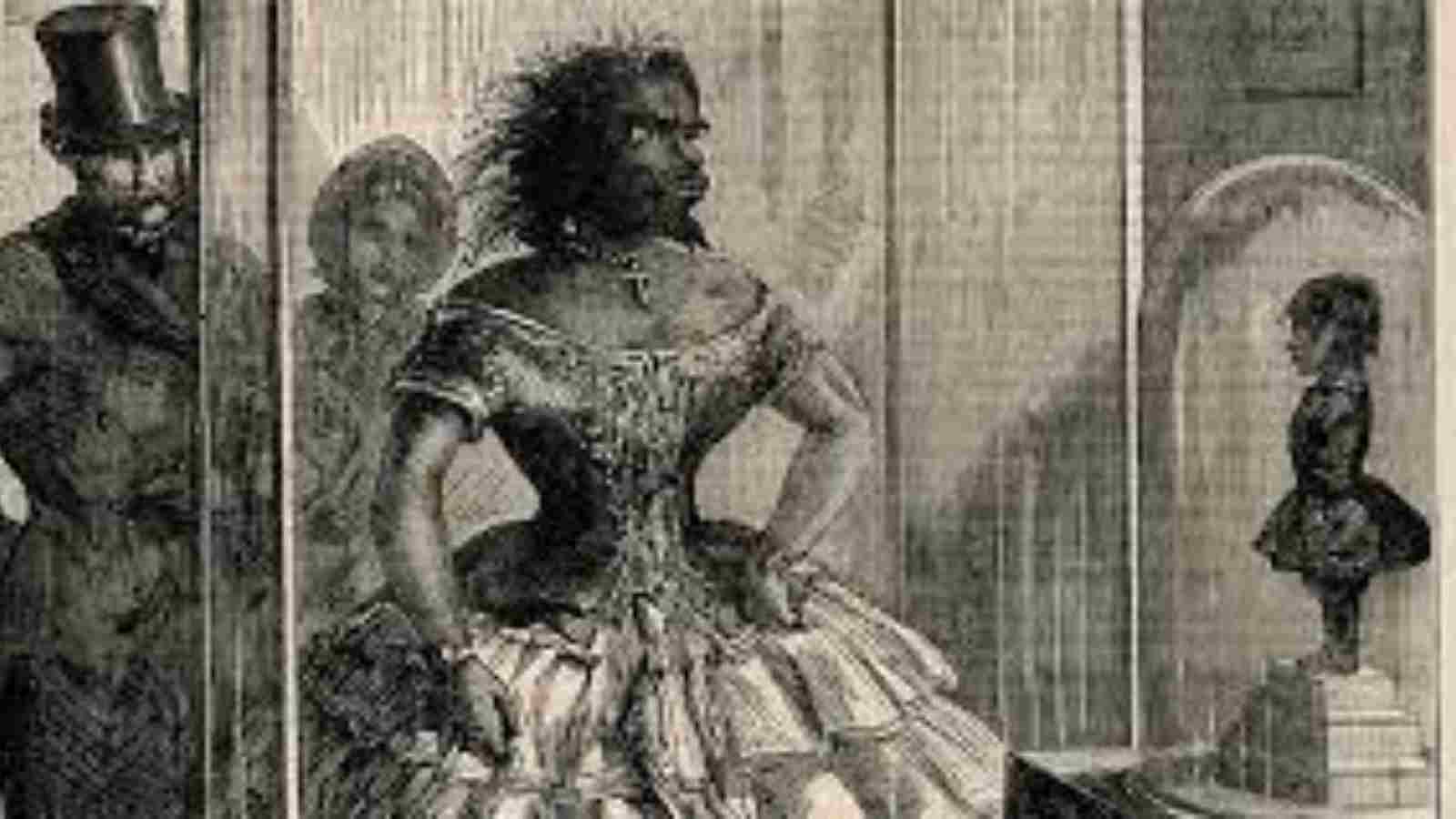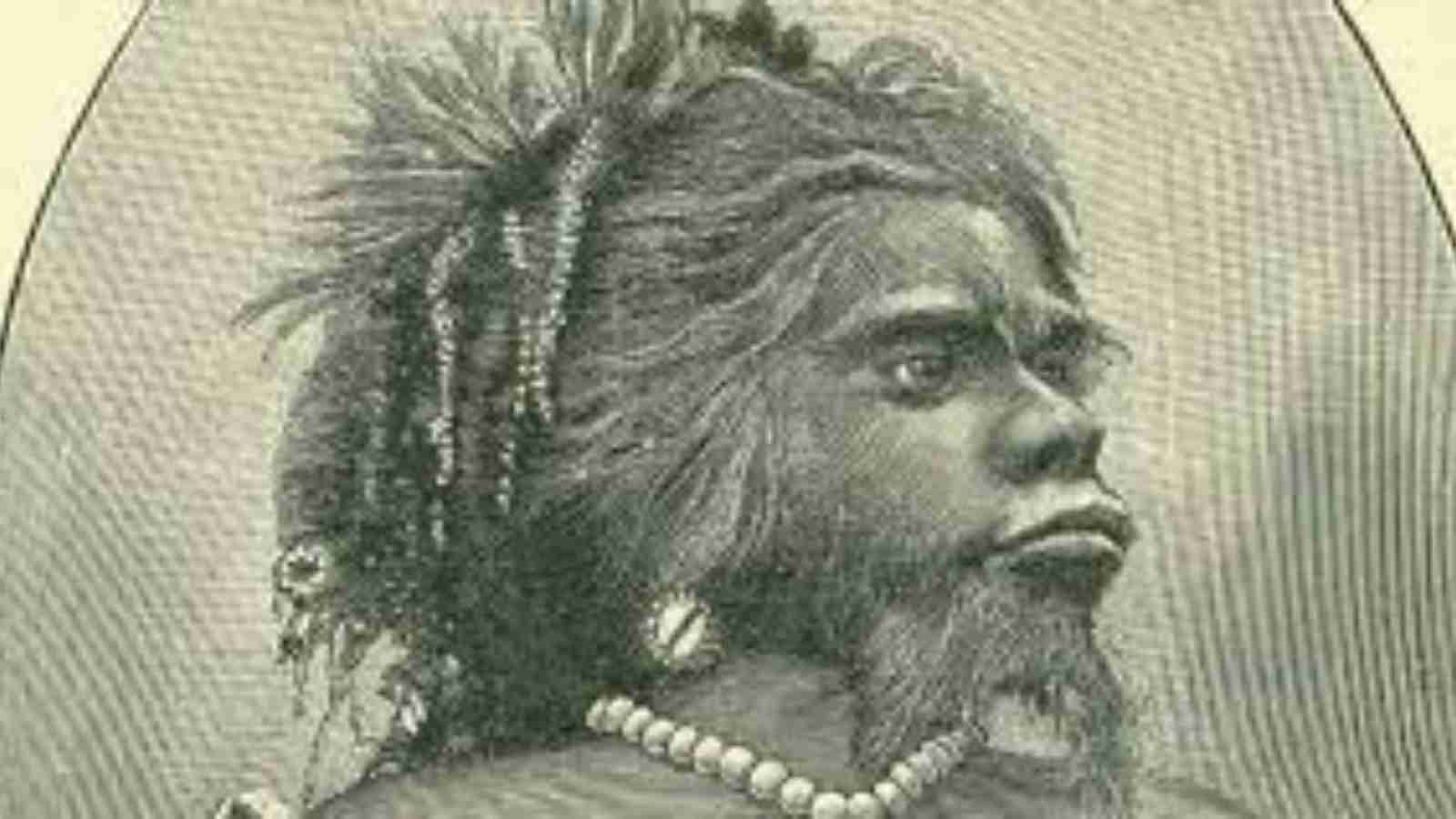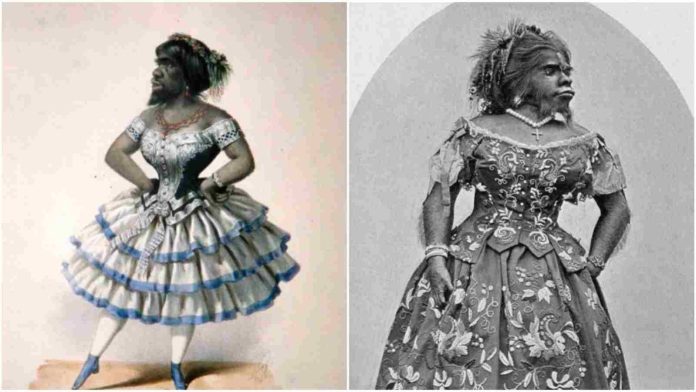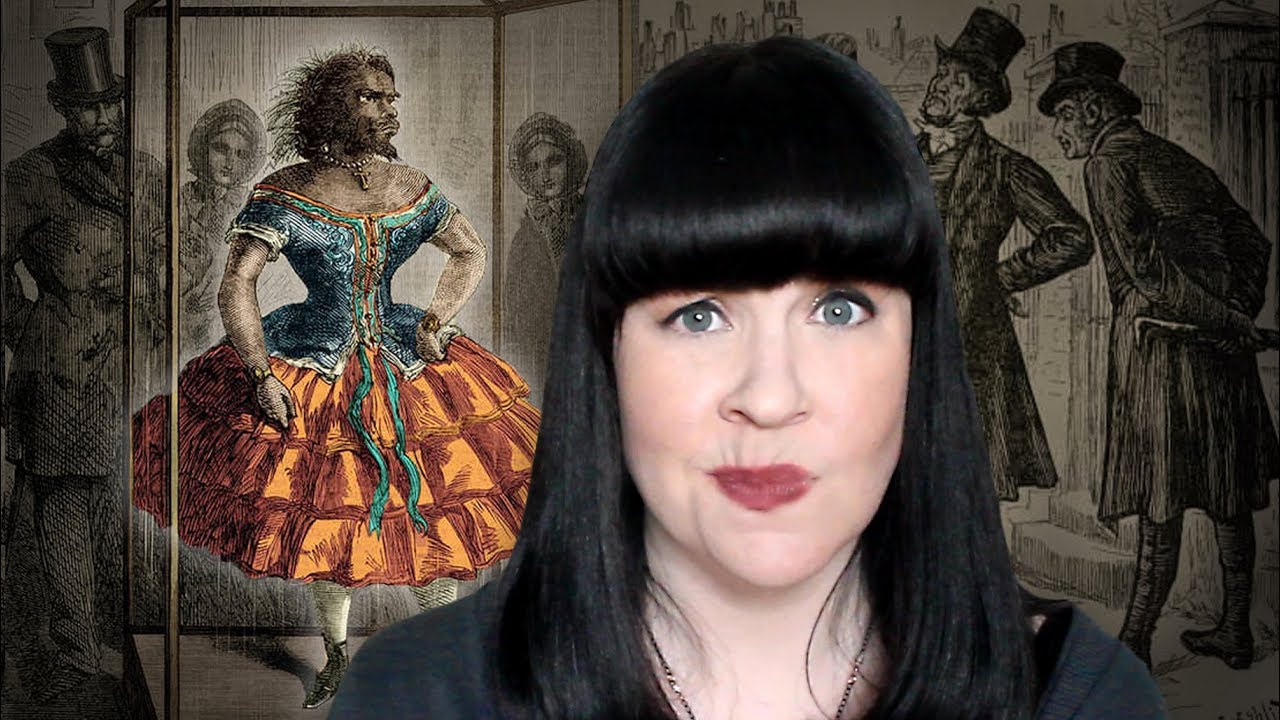Julia Pastrana is a name that not many people are aware of. The 19th-century performer and singer had a very brief and tragic life that’s worth talking about.
She is also probably the only person to be buried more than 150 years after her death. Julia, also known as the ‘bear woman’, suffered from two rare diseases that made her life really tough. For much of her life, the lady was humiliated, dehumanized, and put on display for the amusement of others for profit. Let’s take a look at her emotional story.
Read More: How A Woman Solved Her Own Murder: The Extraordinary Story Of Teresita Basa
The Tragic Story Of Julia Pastrana

Julia Pastrana was born sometime in August 1834. She had two rare conditions – generalized hypertrichosis lanuginosa, and gingival hyperplasia. The former caused her face and body to be covered in hair. Her nose and ears were also large. The latter condition was responsible for her lips and gums growing thick. Pastrana was given the monikers of “the ape woman,” “the bear woman,” “the ugliest woman in the world,” and the “link between mankind and the ourang-outang.”
According to an 1857 account in the Liverpool Mercury newspaper, Pastrana was found as a baby living in a cave in the mountains of Mexico. She was with a woman who was lost in the wilderness for almost six years.
In 1857, Pastrana was put on display at London’s Queen’s Hall, where the newspaper report called her “one of the most extraordinary beings ever presented to the public.” The people of the town were promised that a visit to the exhibition “must afford ample scope for philosophical speculation and reflection.”
At that time, Pastrana was only 23 years old, stood 4-foot-6, and weighed 112 pounds. She was paraded throughout the United States and Europe.
Buried Years After Her Death

In 1854, Pastrana was taken to the United States where she was placed in an exhibition. The Baltimore Sun ran an ad about Pastrana on November 9, 1855, describing her as “half human and half bear.” The ticket price was 25 cents for adults at Carroll Hall and 15 cents for children.
The lady was married to Theodore Lent, her manager. When Pastrana became pregnant with his child, Lent sold tickets to the public to watch her giving birth. According to the 1857 Standard London newspaper, Lent invited the press “to an elegant lunch for the purpose of seeing Miss Julia Pastrana in a less restrained sphere of friendly intercourse than the public levees afford.”
After death from childbirth complications, Pastrana’s body and the baby’s dead body appeared for several decades in freak shows and exhibitions throughout Europe.
In 2013, the Mexican government requested her body to be brought back from Europe. The campaign was spearheaded by artist Laura Anderson Barbata. Her body was returned to the Mexican state of Sinaloa, where she was buried after a Roman Catholic Mass.
Read More: Know All About Oskar Sala As Google Doodle Celebrates The Legend
Read More: Top 10 Survival Myths That Can Get You Killed
Do follow us on: Google News | Facebook | Instagram | Twitter






